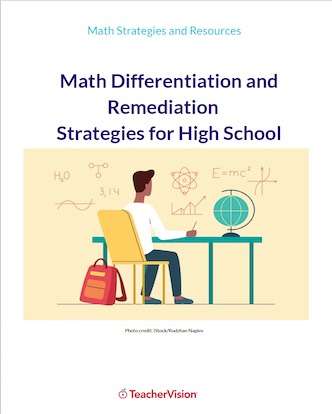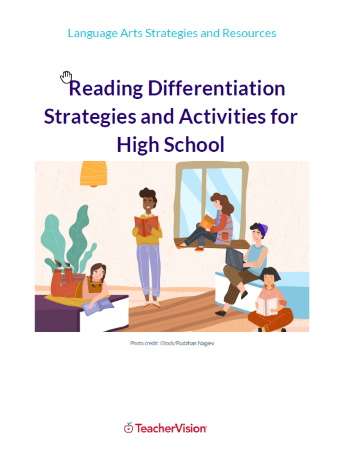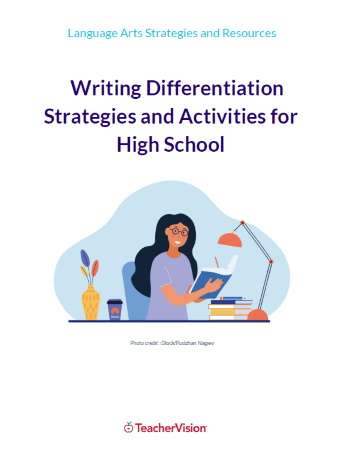S.O.S. Survey, Obtain Information, Self-Test
The problems encountered by students with disabilities in the middlegrades are often magnified by the heavy emphasis on reading assignments as a means of acquiring subject-matter information. Often, teachers present major ideas during class and ask students to read supporting material in their textbooks.
The reading levels of textbooks are typically at grade level or above, or they vary within the same book. Thus, students who are reading below grade level often do not complete the reading assignments and other related assignments in their subject-matter courses. Although the verbatim tape recording of textbooks has been recommended, research has shown that it does not help students learn or improve their performance.
This adaptation was developed to be useful across subject-matter areas, to overcome the shortcomings of traditional audiotaping practices.
The Adaptation
The adaptation involves a specially marked textbook, an audiotapeand tape recorder, a study guide, and a set of procedures students useto listen to the audiotape and learn the information in each chapter. Asstudents listen to the audiotape, they participate in three activities (S.O.S.):
- Survey
- Obtain Information
- Self-Test
Survey
During the survey, students become familiar with the main ideasand organization of the chapter. The textbook/tape contains information regarding the title of the chapter, the relationship of the currentchapter to the preceding and following chapters, the introduction ofthe chapter, the main ideas of the chapter, and the summary.
The voice on the tape provides instructions to students to help them find the important information in the chapter and make a skeletal outline of thechapter's main headings. Thus, the voice on the tape acts as a mediator between the students and the textbook information.
Obtain Information
As students obtain information, they follow along through thechapter while simultaneously listening to the voice on the tape read themost important subheadings and related information, and instructthem on what information they should enter into the skeletal outline of the chapter.
Once the outline is complete, students should paraphrase their notes to themselves. If they cannot paraphrase their notes, they should review the pertinent part of the tape again until they can.
Self-Test
During the self-test, students ask themselves the questions in the study guide and answer them, using their notes for reference. If an answer cannot be found in the notes, students review the textbook and the audiotape until they find the answer. The self-testing process continues until the students know all of the answers to the questions in the study guide.
More on Adapting Existing Materials.






